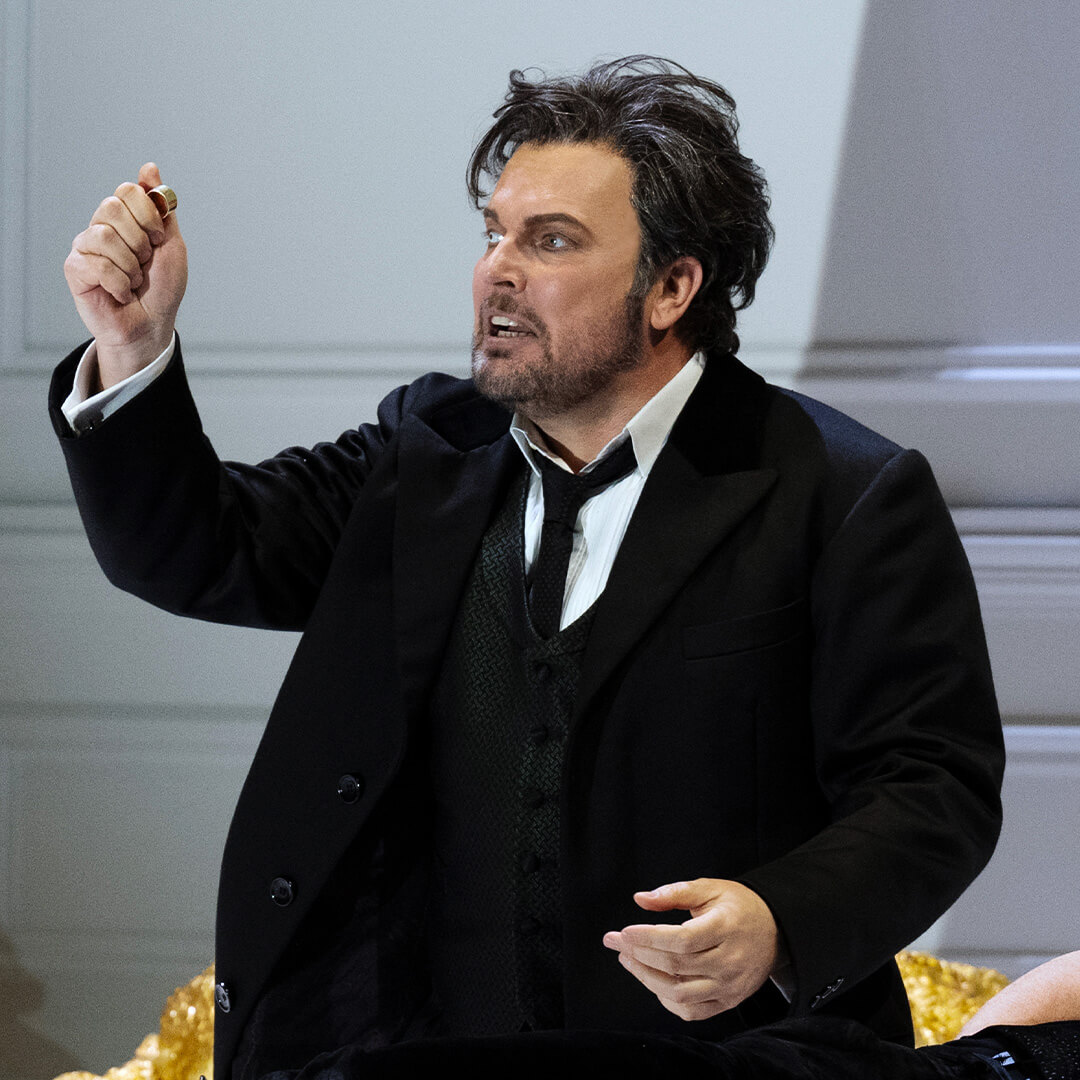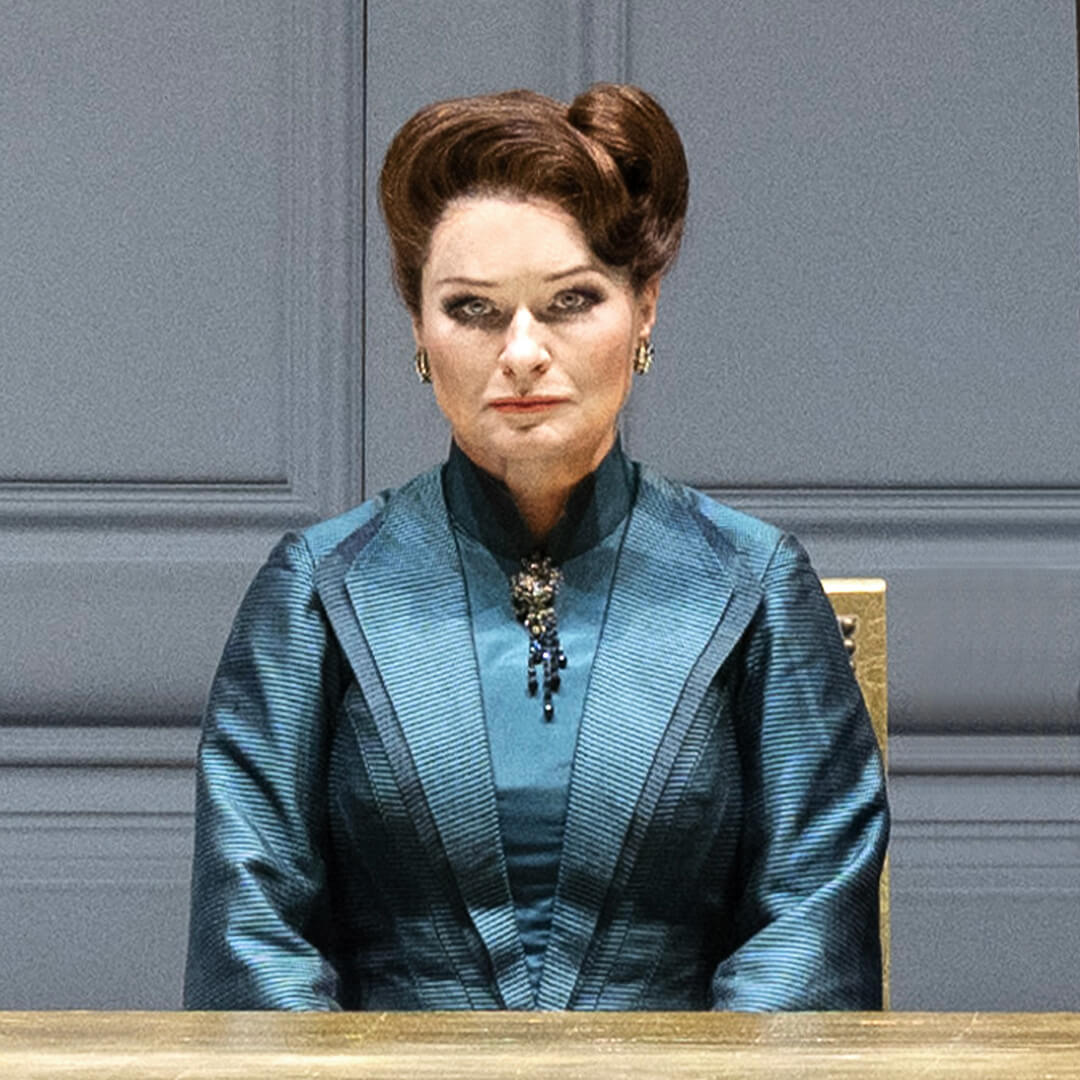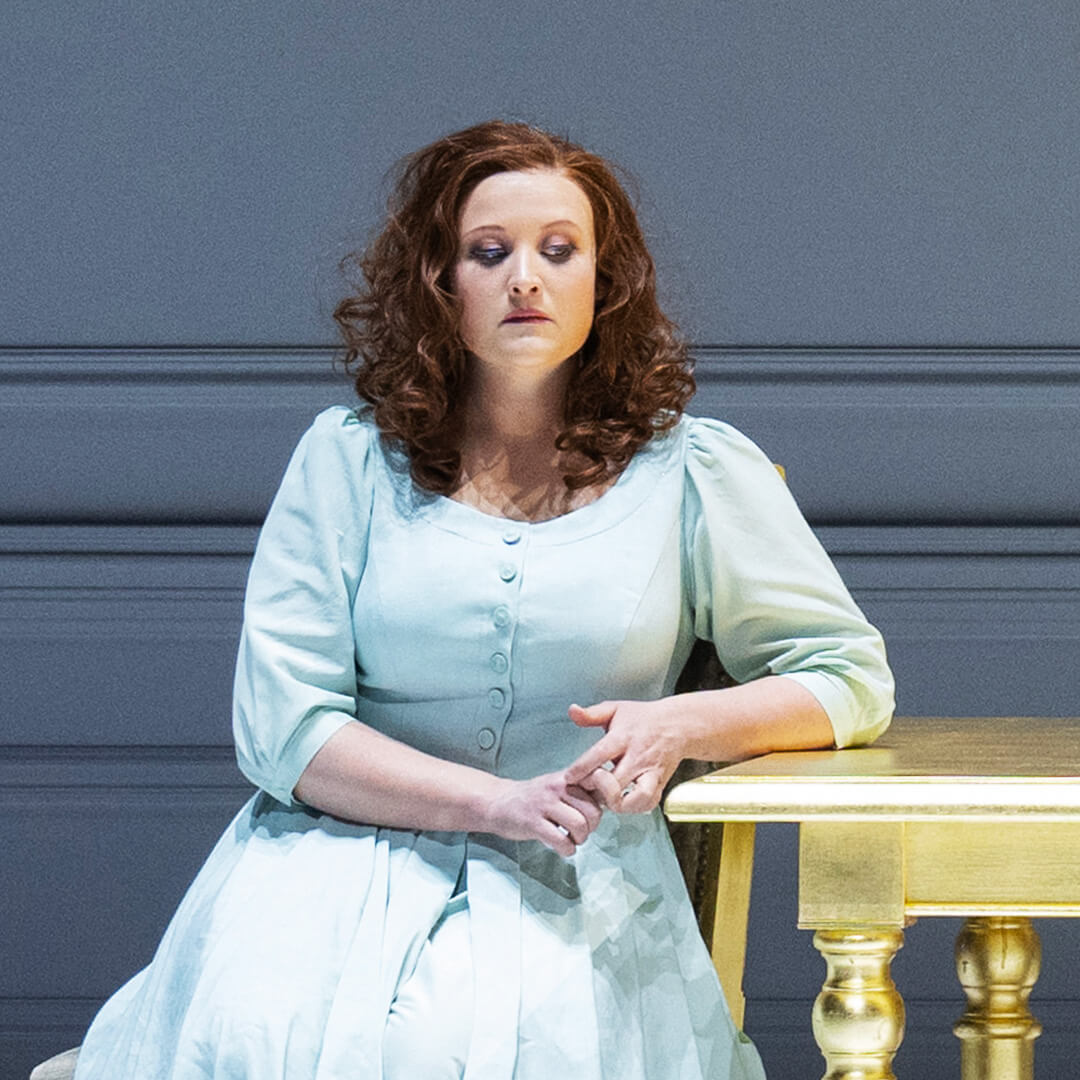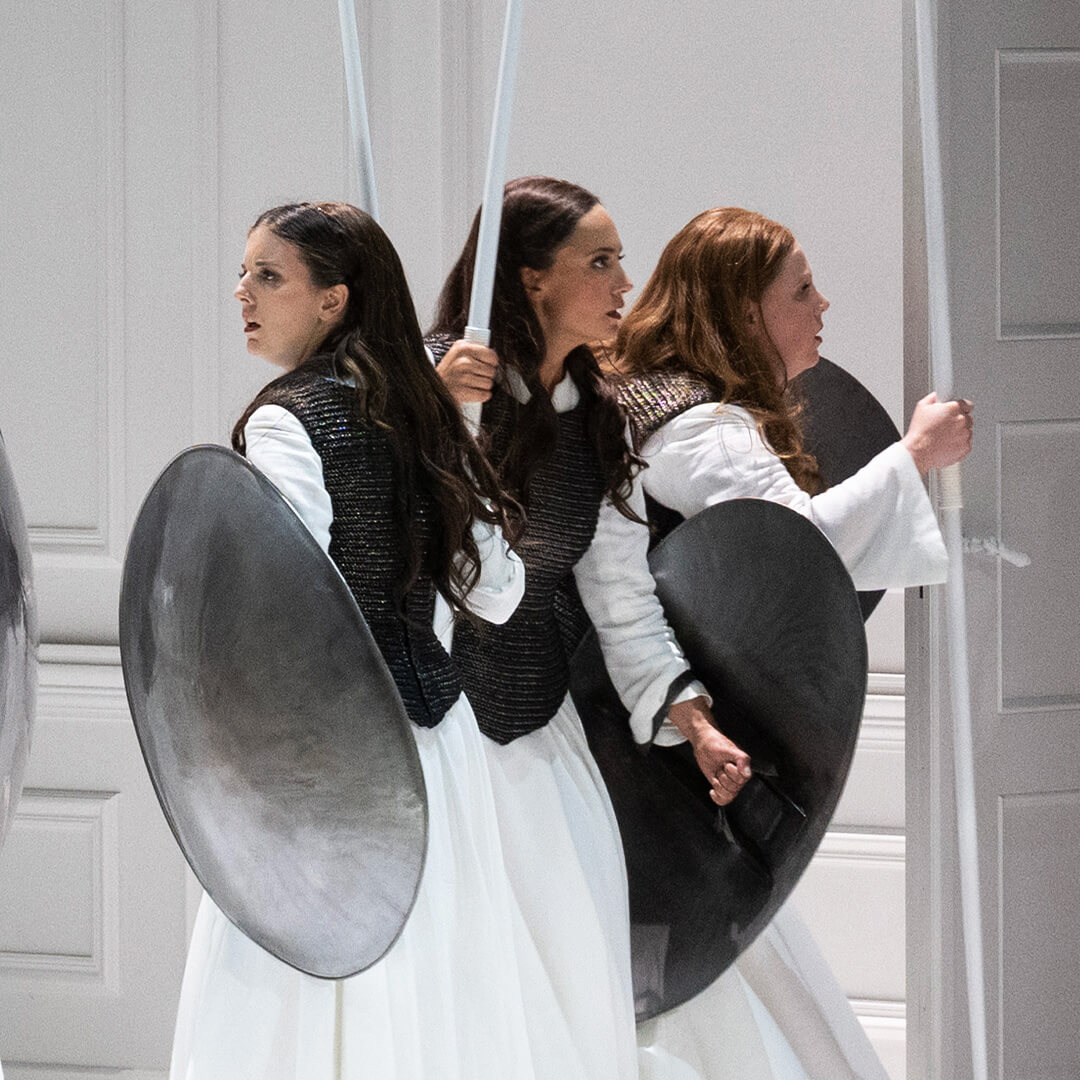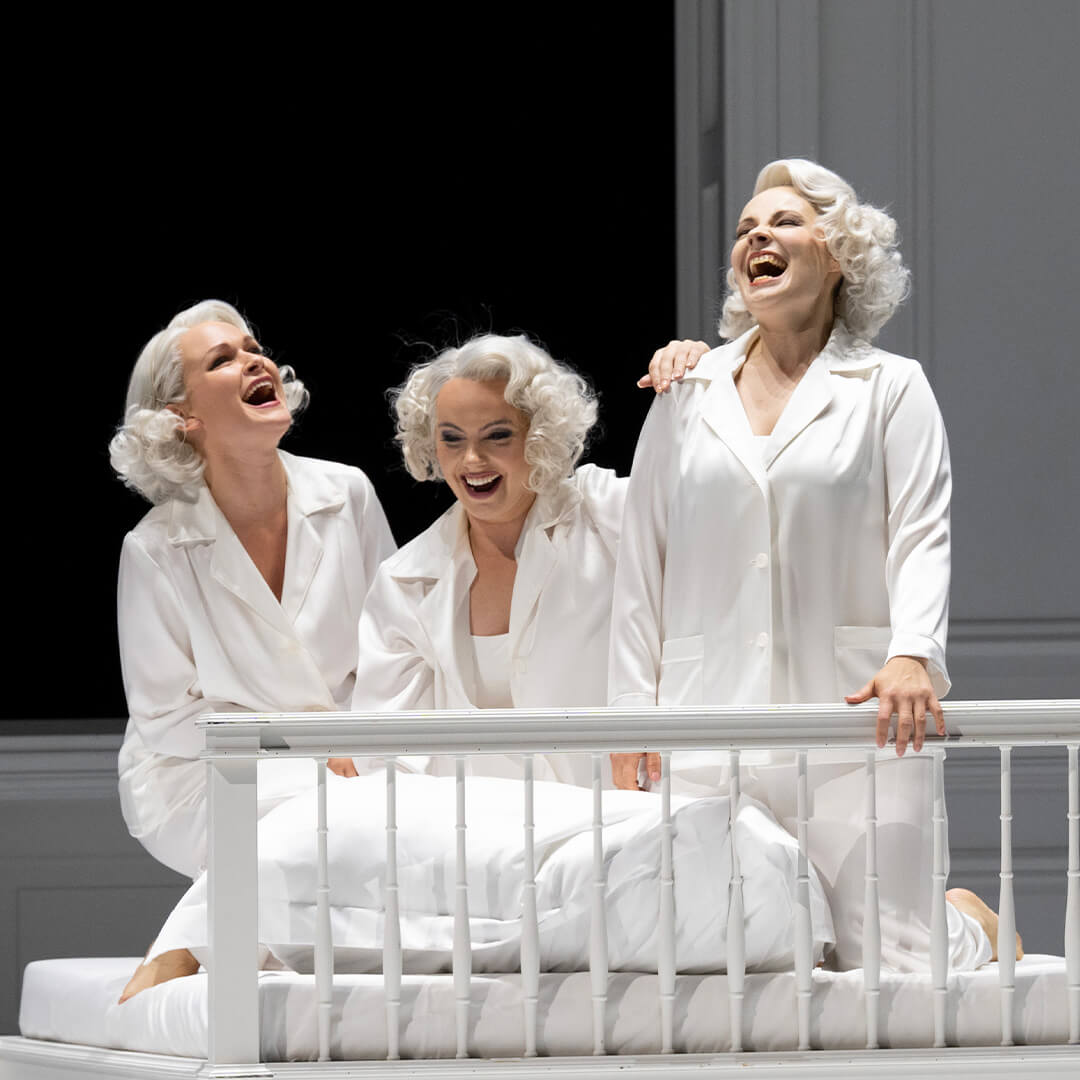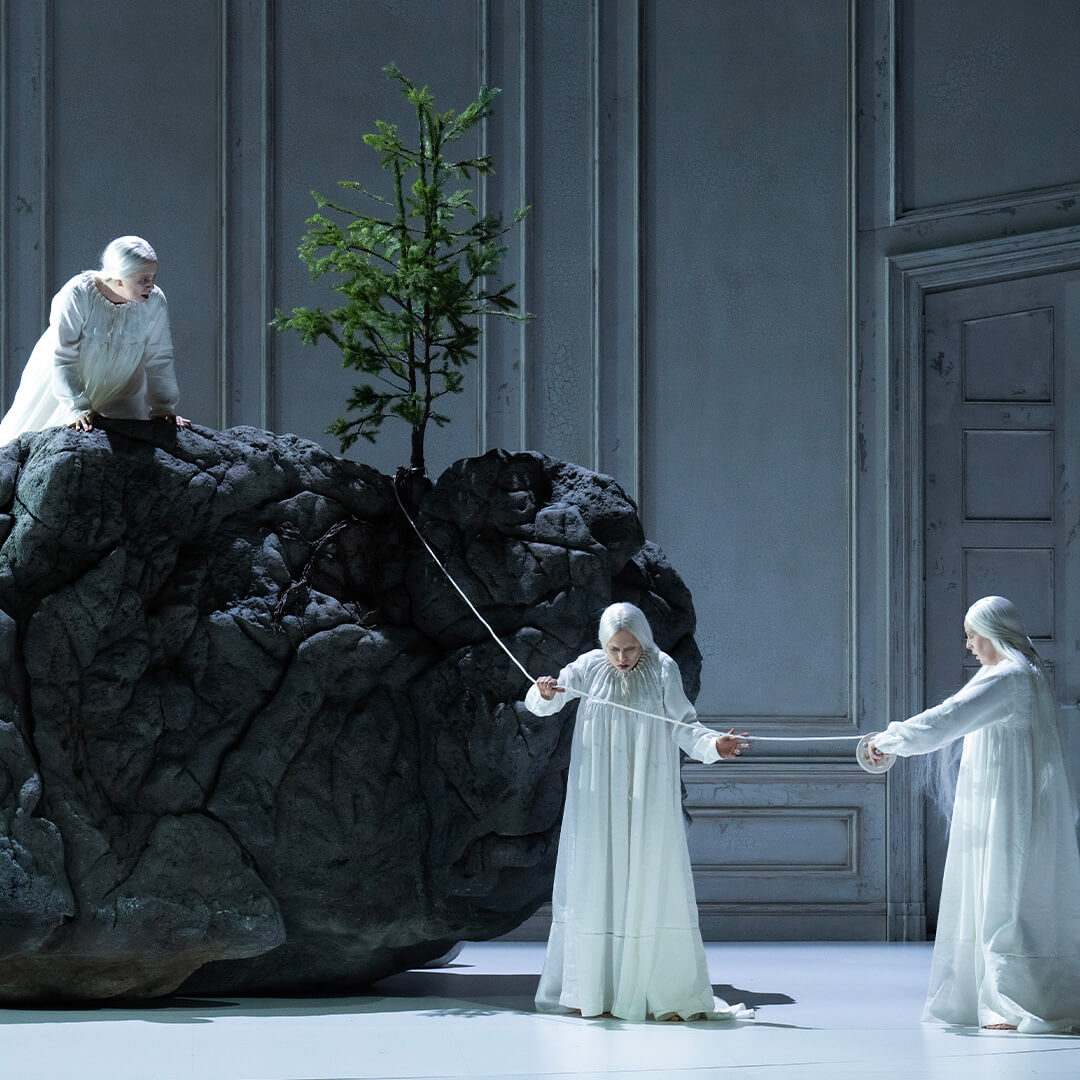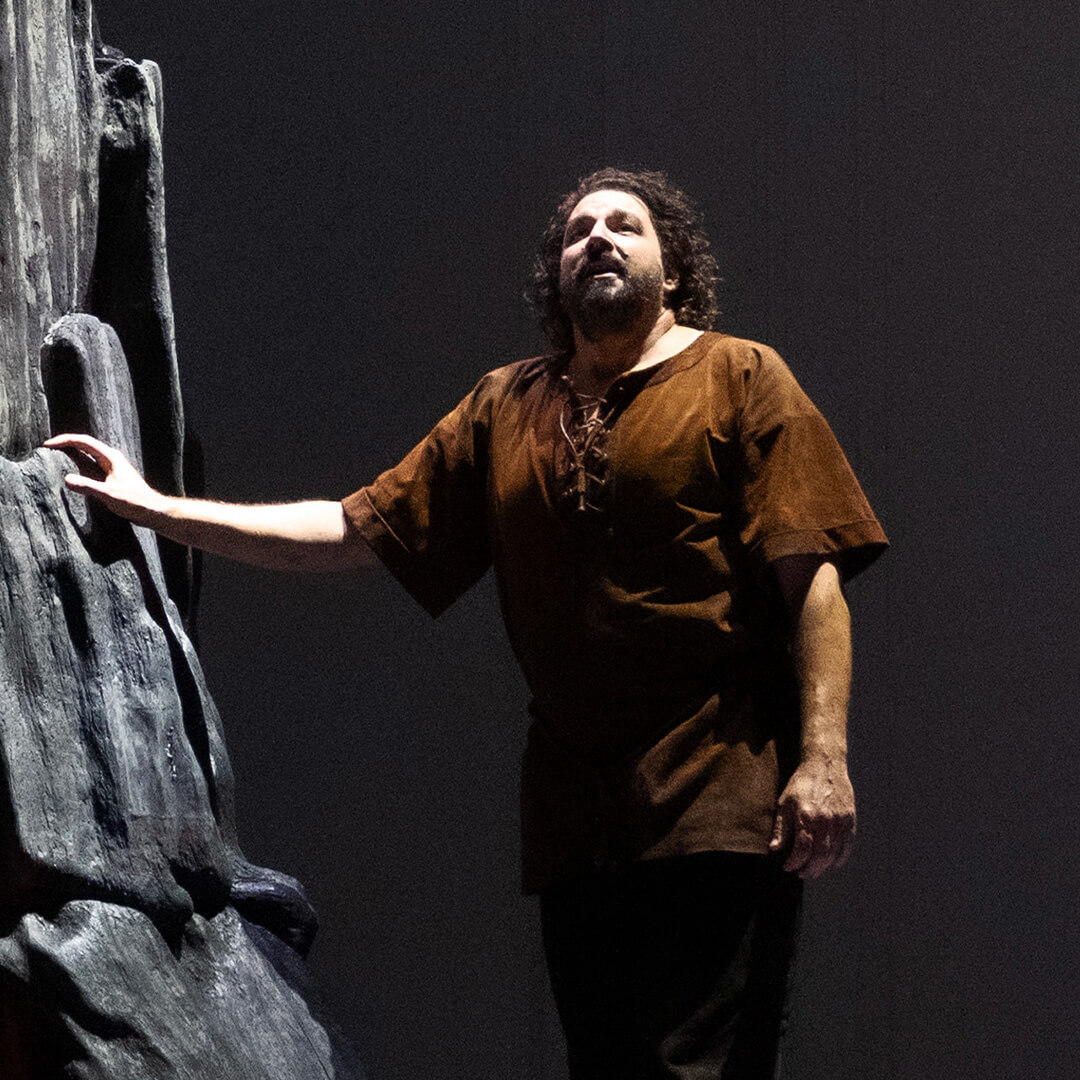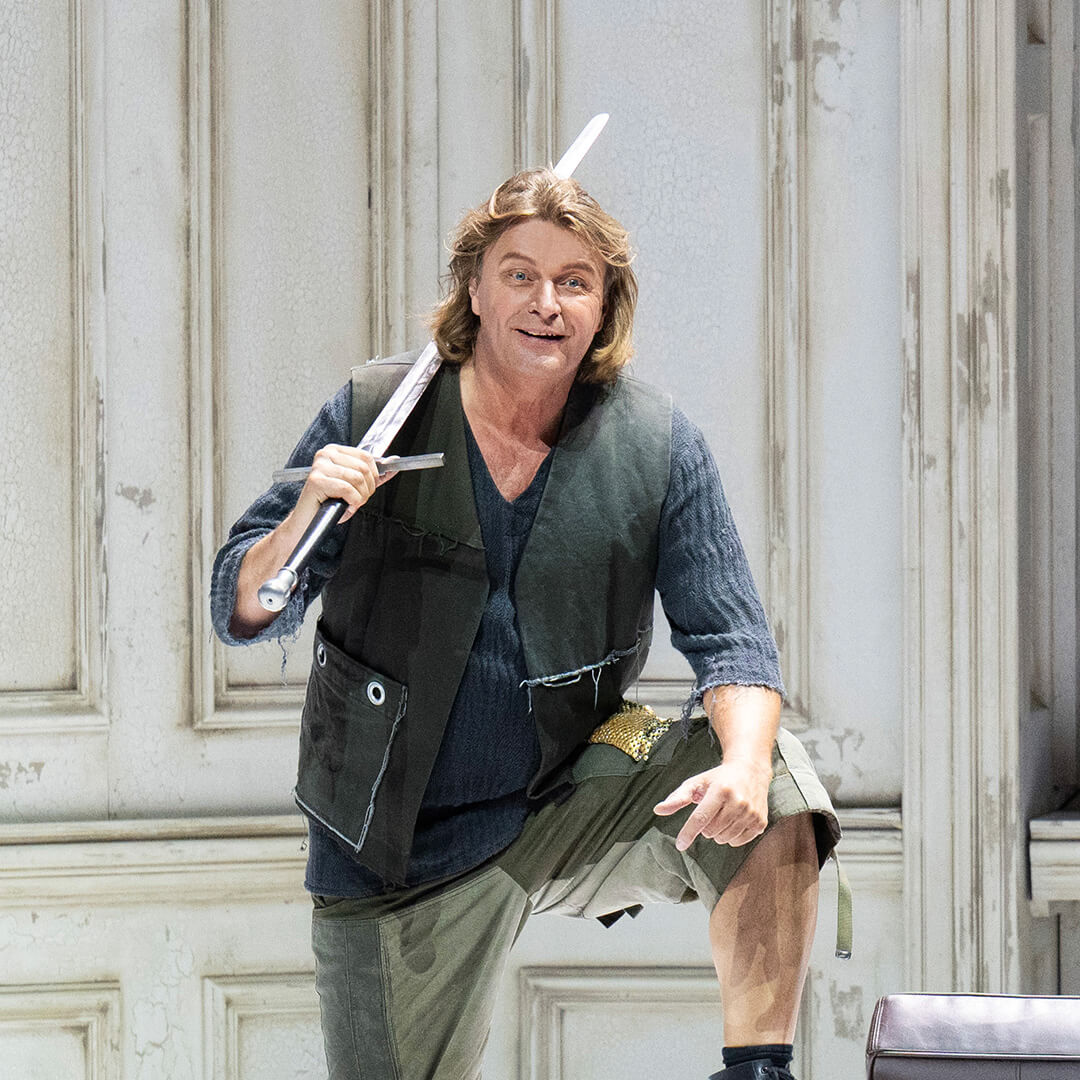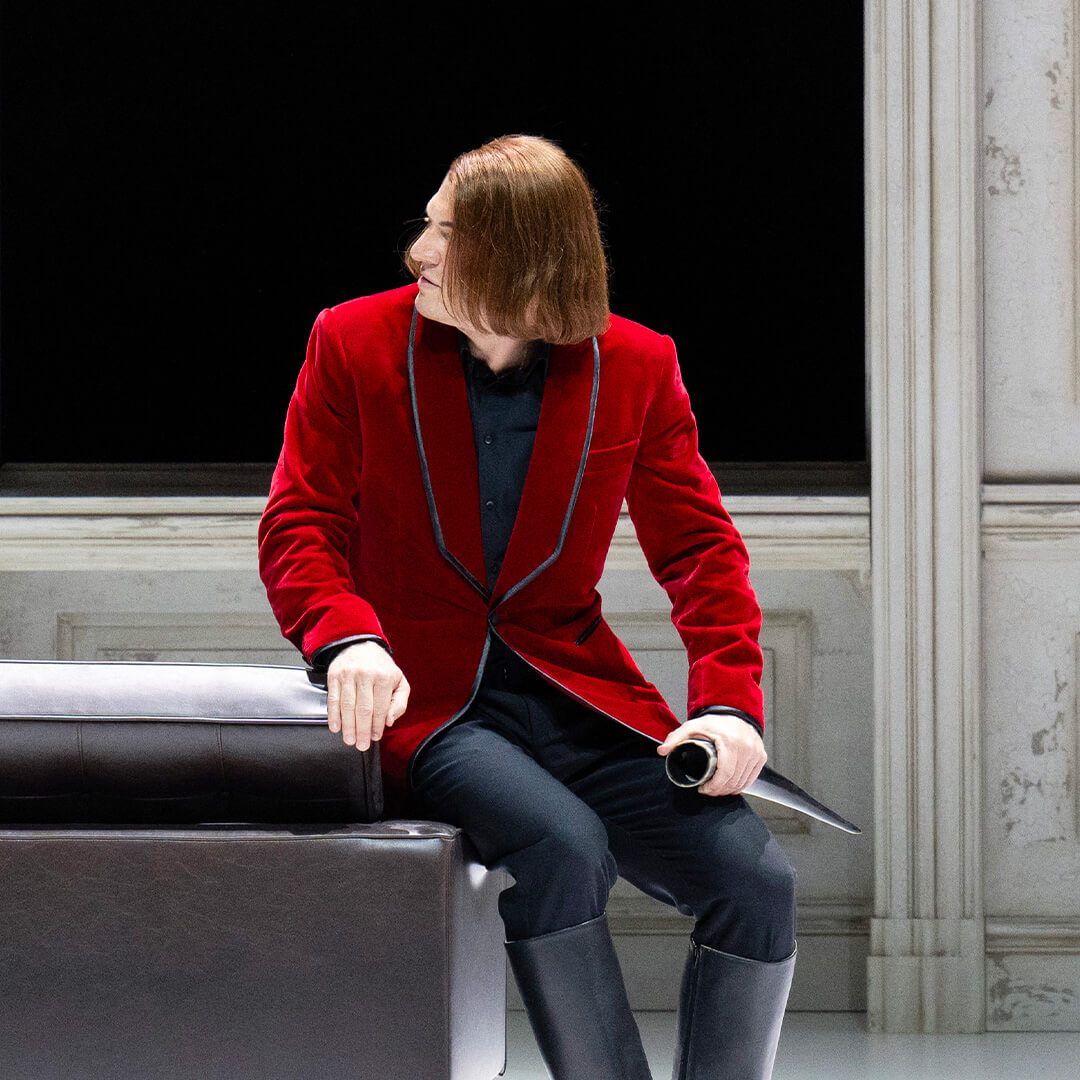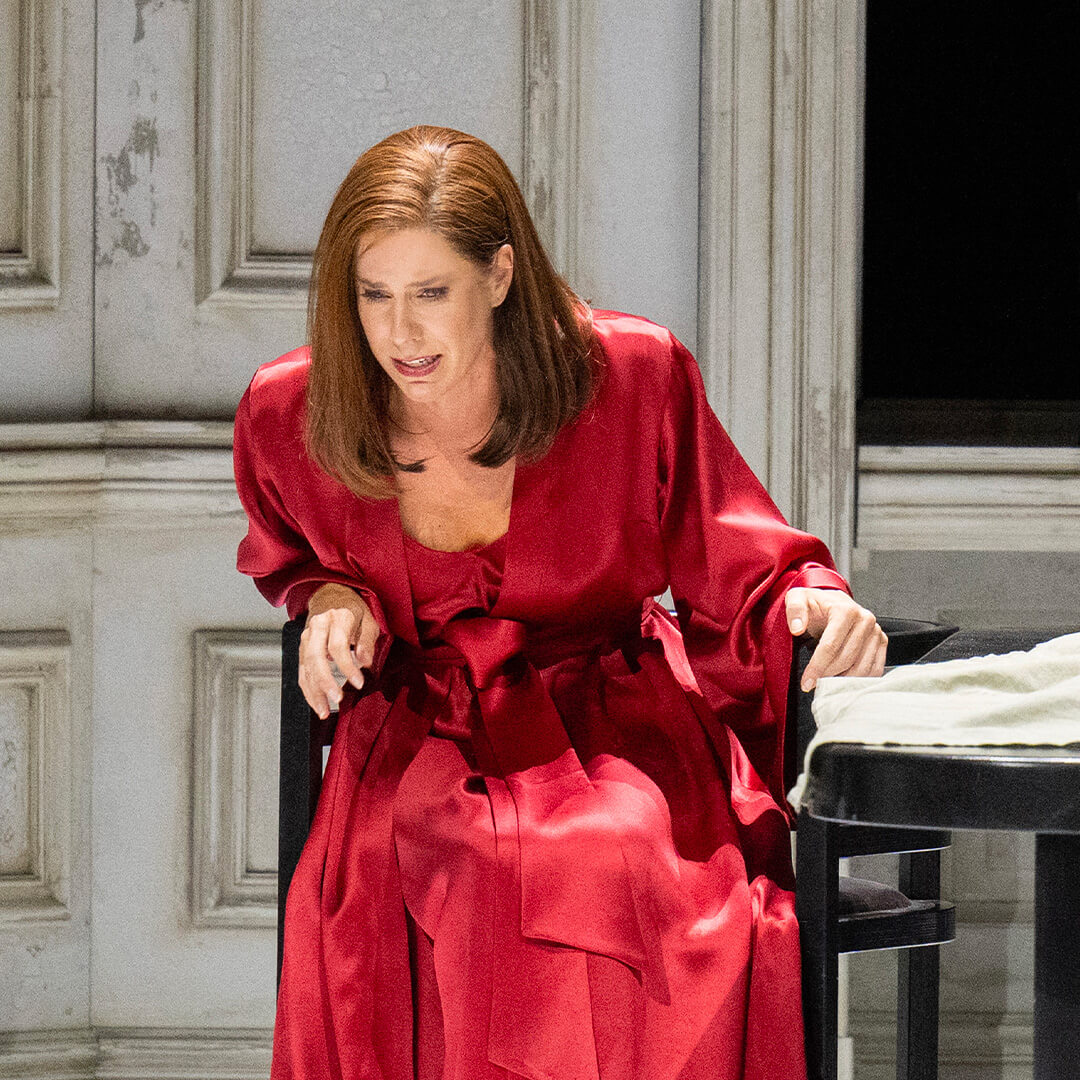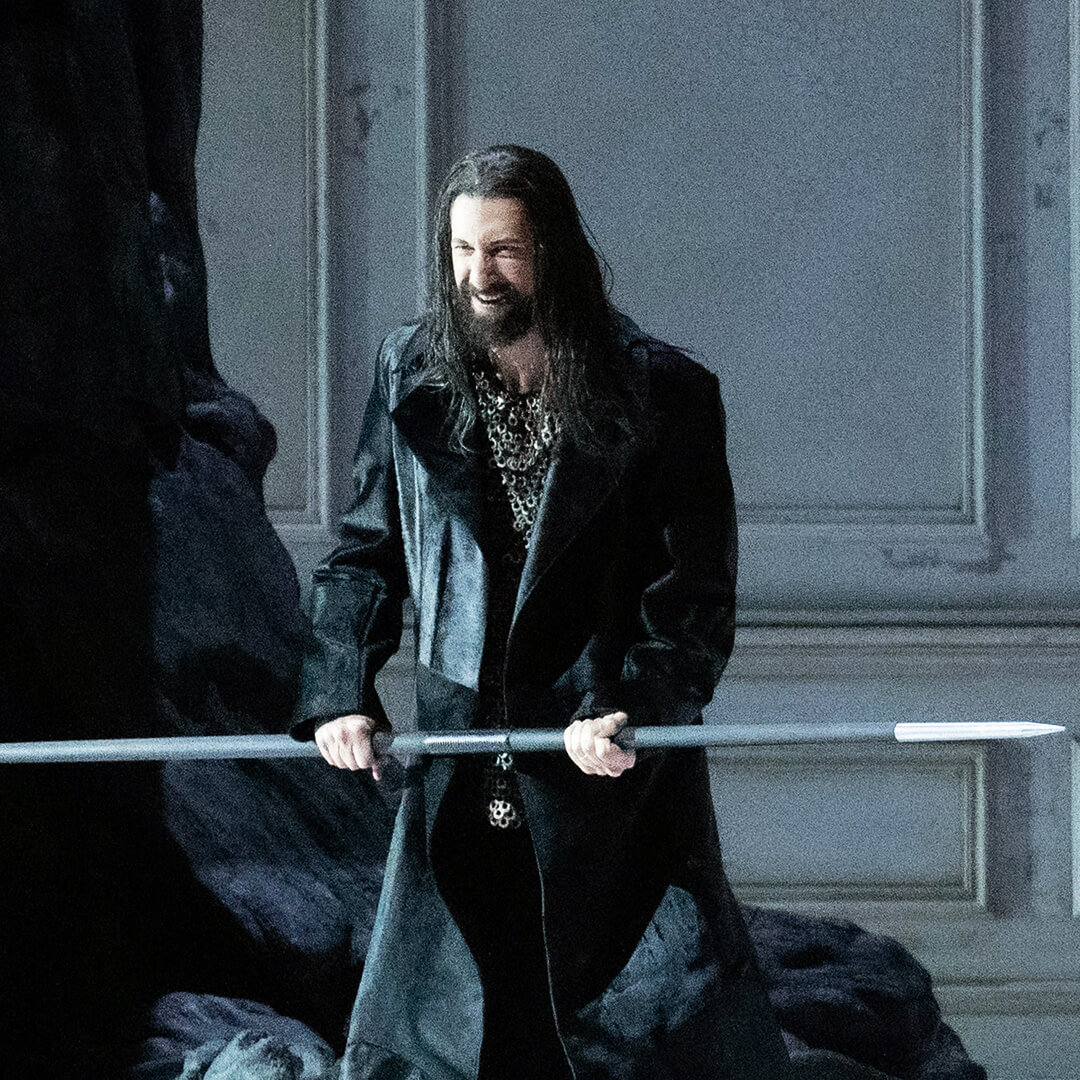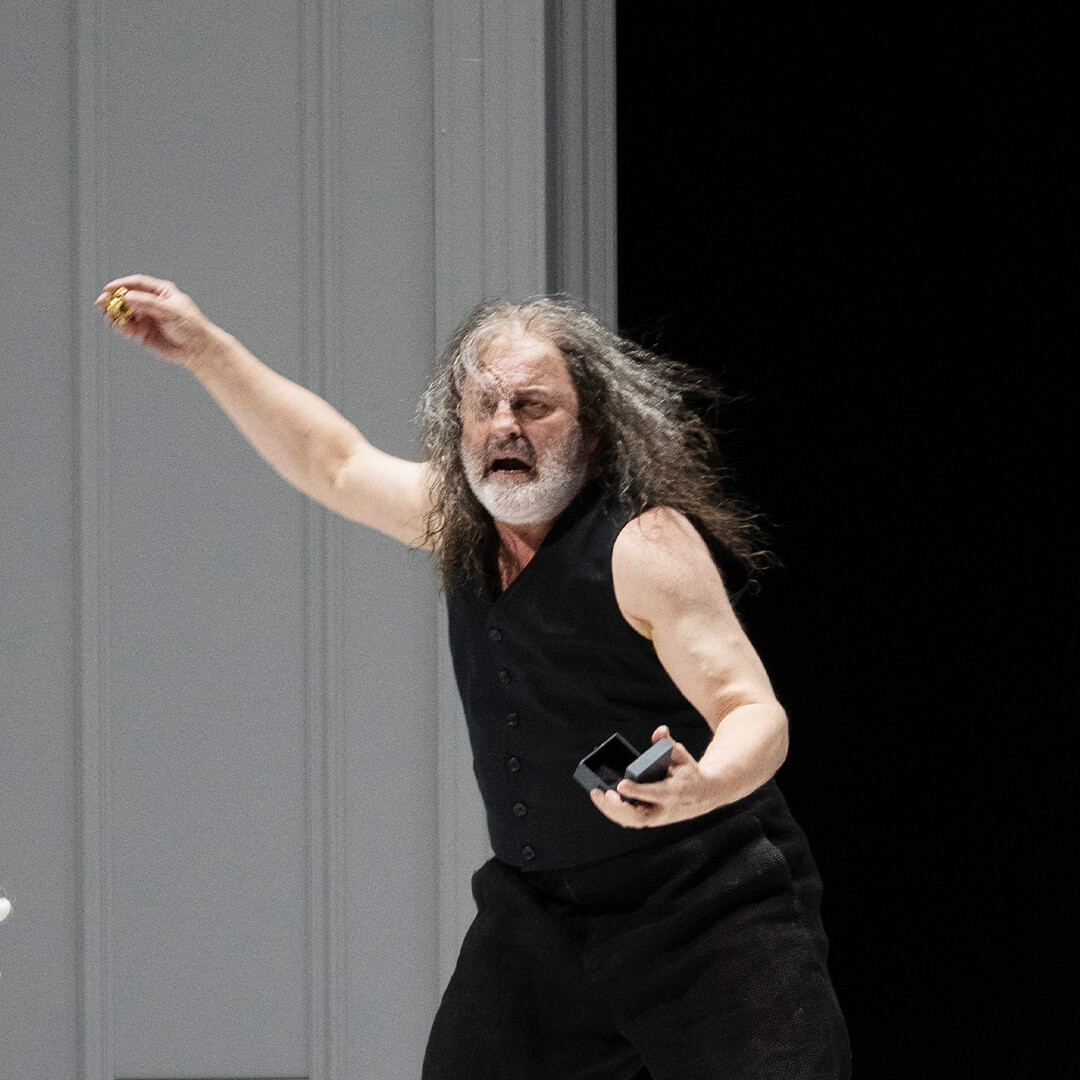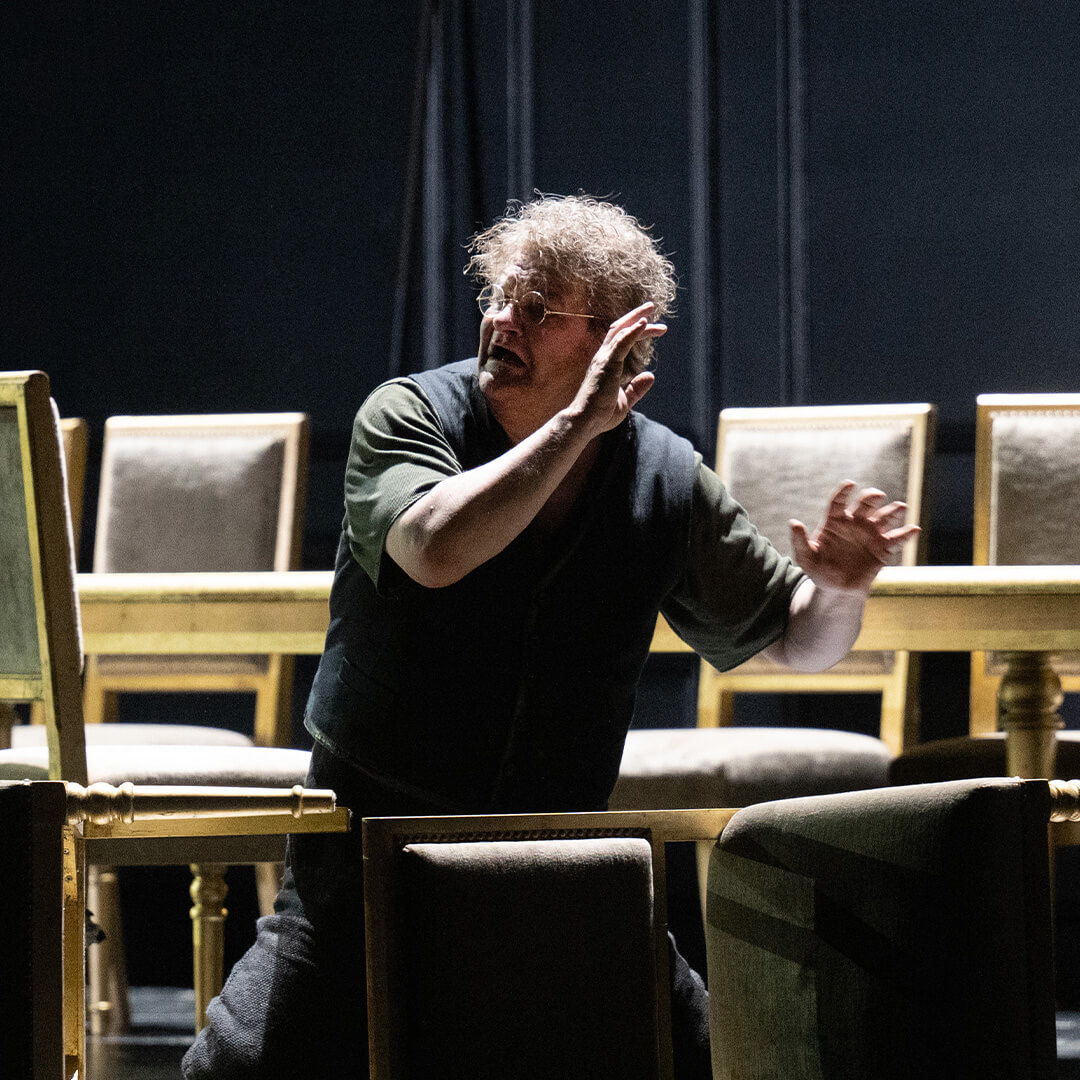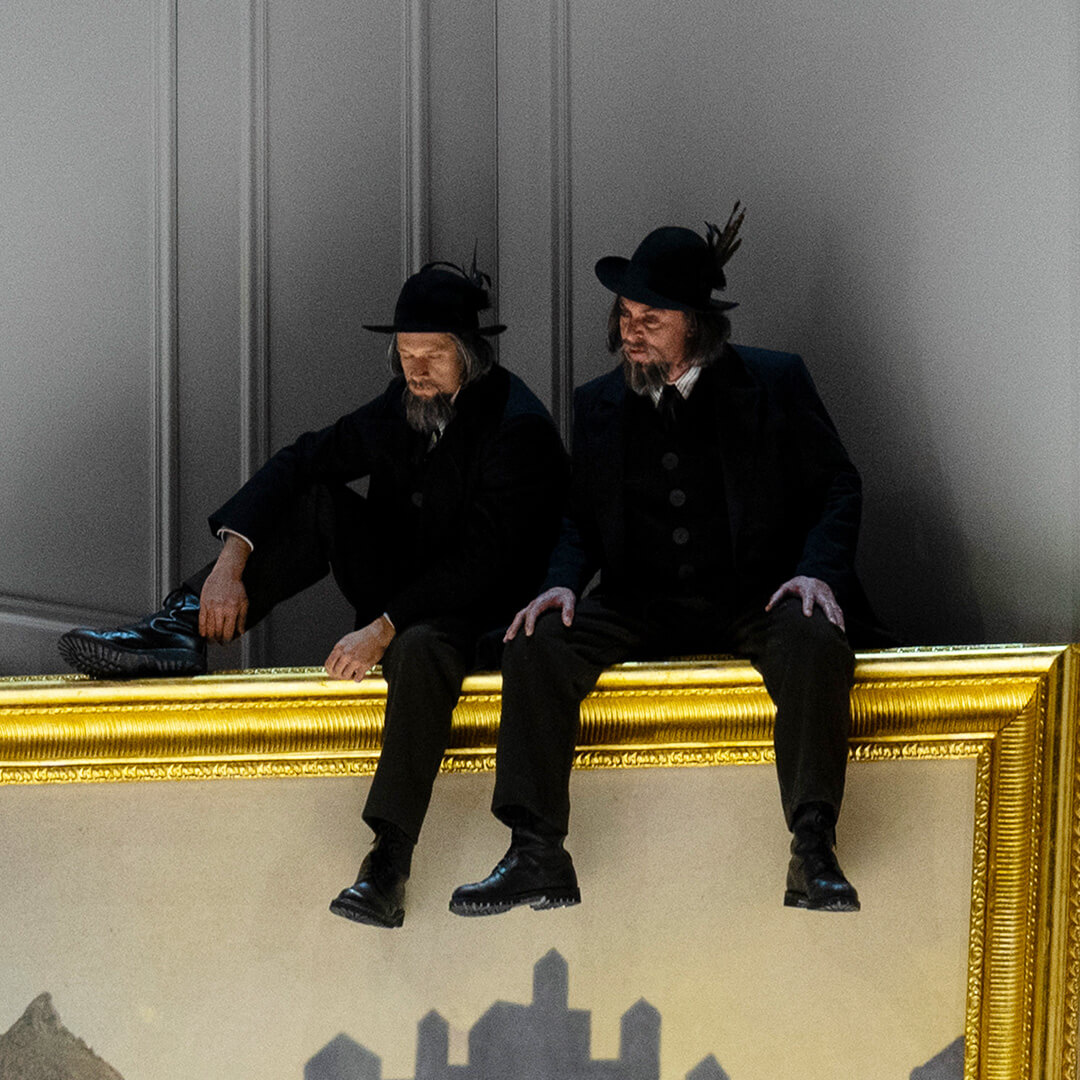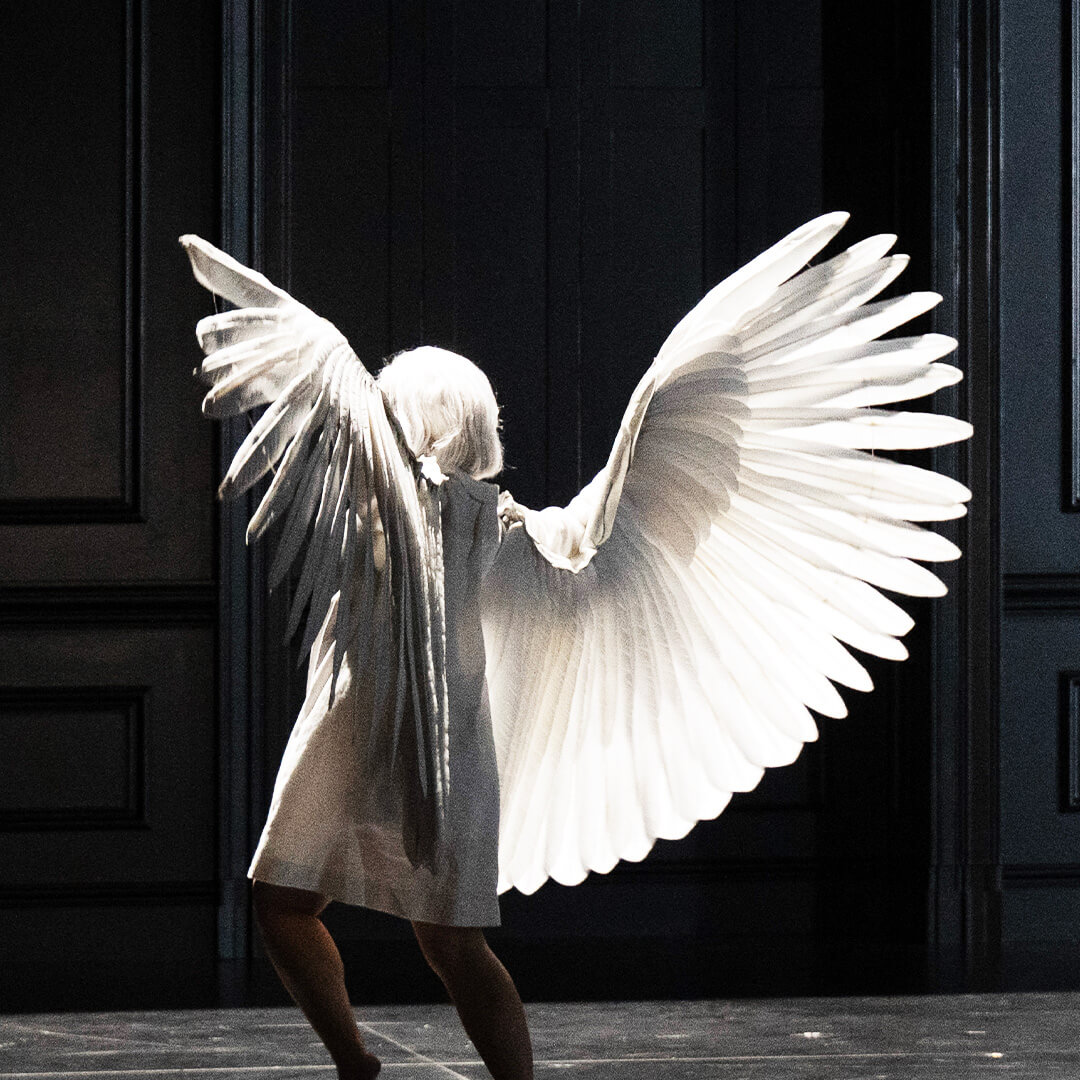Wagner’s complete Ring Cycle
Experience the epic four-part saga just as the composer intended: live in its entirety!
A once-in-a-lifetime event at the Zurich Opera House, lauded as "dramatic music-making at its finest" (Bachtrack)
Discover Wagner's grand operatic universe and epic four-part saga...
I. Das Rheingold (“The Rhinegold”)
II. Die Walküre (“The Valkyrie”)
III. Siegfried
IV. Götterdämmerung (“The Twilight of the Gods”)
The characters
Meet the heroes, gods, and villains of Wagner’s epic Ring cycle
The Gods
The Demigods
The Mortals
Other Creatures
A closer look at the music of the Ring
An egomaniac? A genius? Just an uncommonly ambitious artist? As well as writing the full text of each libretto for the four operas in his Ring cycle, Wagner outdid himself as a composer when crafting its sublime music. Here’s how:

An instrumental choice
In order to describe scenes and characters with as much precision as possible, Wagner sometimes added instruments not typically found in a symphonic formation. Even before Tchaikovsky scored part of his 1812 Overture for actual cannons, Wagner called for 18 real anvils in Das Rheingold. (You can hear them in the haunting transition from Scene II to Scene III during the descent into the Nibelheim, a sort of underworld inhabited by dwarfs enslaved as blacksmiths.) But that’s not all! For Wagner, in order to depict the fortress of the gods known as Valhalla, none of the instruments of his time seemed to fit the bill exactly — so he went to Adolphe Sax, the creator of the saxophone, to commission a tuba-like horn/trombone hybrid known today as the Wagner tuba! The instrument was later used by other composers like Bruckner, but it made its first memorable appearance in the heavenly notes at the beginning of Das Rheingold’s< Scene II.


